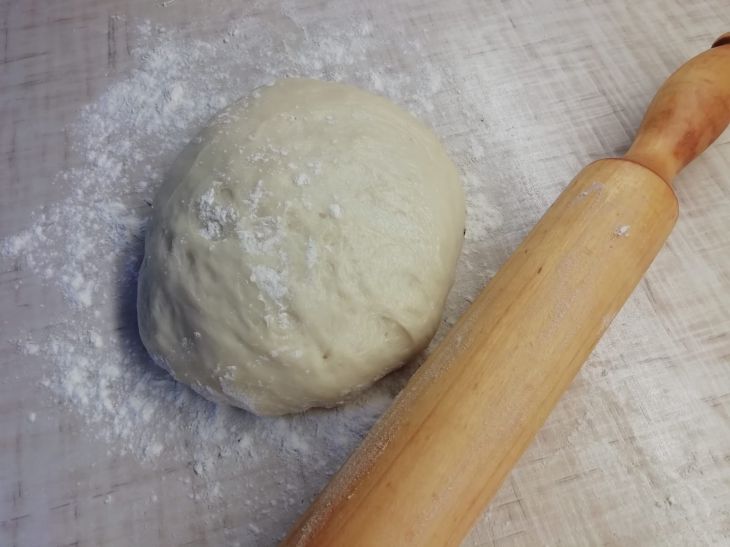Why add vinegar to yeast dough: 4 reasons why experienced housewives do it
When baking, you always want to get an excellent result. Experienced housewives always add vinegar to yeast dough, and why they do this should be examined in a little more detail.
Expert of the online publication "BelNovosti" Yulia Arkhipova , a cook and fourth-class baker, told about the secrets of delicious baking.
Creating lightness and airiness
Adding vinegar to yeast dough helps increase the volume and airiness of baked goods.
Vinegar reacts with the yeast, activating it faster and allowing for more intense fermentation. This process results in more gas in the dough, making the final product lighter and fluffier.
Texture improvement
Vinegar helps create a softer, more delicate texture in baked goods. It helps break down the gluten in the flour, making the dough more elastic and easier to roll out.

This is especially important when making yeast products such as buns and breads, which should have a soft and fluffy texture.
Regulating pH balance
Vinegar is an acidic ingredient that helps regulate the pH balance of the dough. This is especially useful in doughs containing milk or eggs, which can affect the pH level.
Maintaining an optimal pH balance helps the dough rise more evenly and prevents excess acidity, which can affect the taste and texture of the final product.
Improving taste
Although vinegar is used in small quantities, its presence can greatly enhance the flavor of yeast baked goods.
It adds a hint of acidity and brightness that enhances the flavors of other ingredients and makes a dish more rich and interesting. But too much can have negative consequences.
Previously we told you how to cook Idaho potatoes .
